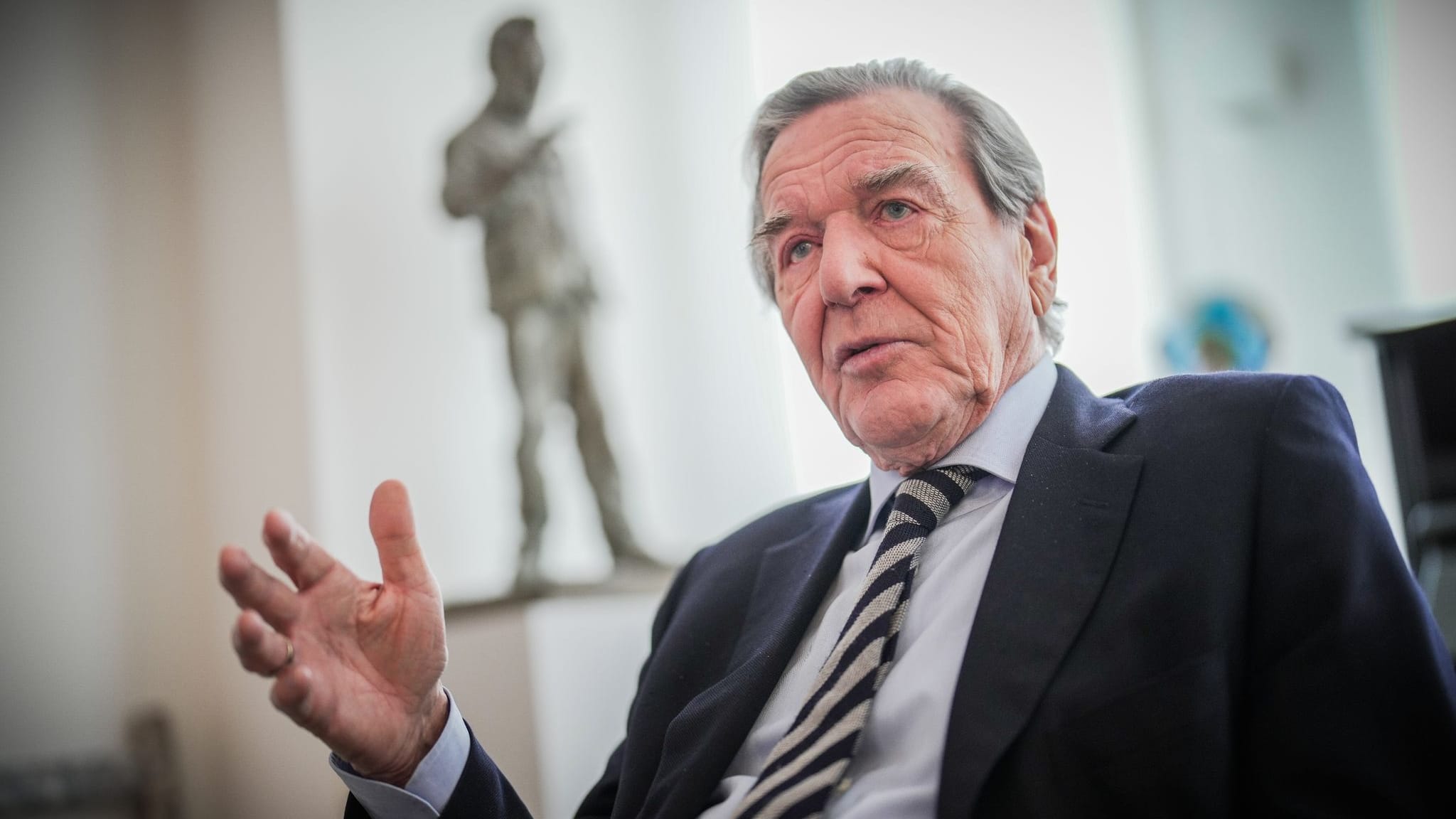The recent passage of Measure HLA is just the latest movement by Los Angeles to chip away at its auto-centric infrastructure. While it is true that Henry Huntington and his streetcar empire contributed to the city’s sprawl, the majority of his routes covered central, southern, and northeastern L.A. By the mid-1910s, Los Angeles leaders were already looking beyond rail. Not coincidentally, this development occurred around the same time that L.A. annexed the San Fernando Valley.
Los Angeles Times titan Harry Chandler was among those who saw the future through the windshield of a motorcar. In 1903, Chandler cofounded the Southern California Automobile Club, an engine for road-building. Later in life, he was a prime mover behind L.A.’s first freeway. He also lured oil companies, Goodyear Tires, and automotive manufacturers out west, generating thousands of jobs. In between, he helped pave the way toward L.A.’s current tally of 6,614 miles of roadways.
In 1911, Chandler formed a syndicate with Moses Sherman and others to buy up much of the Valley in anticipation of its union with Los Angeles. (The two friends also got street names out of the deal.) The subdivision of the Valley coincided with the nation’s first truly affordable automobile—Henry Ford’s Model T. Navigating this sprawling, 100-square-mile area was also made possible by a reliable street grid, a form of freedom for future prospective homeowners who were now unshackled by the straitjacket of trolley tracks.
Though Wilshire Boulevard is often cited as the first broad avenue in Los Angeles designed for cars, Sherman Way predated it by decades. Like pearls on a necklace, the thoroughfare linked the Valley’s first three planned communities—Van Nuys, and today’s Canoga Park and Reseda—and was a harbinger of car culture. Sales agents sponsored automobile races, which drew hordes of spectators and hot rodders. “No speed cops will annoy you,” promised one journalist in 1912, alluding to the street’s lack of speed limit (later, cheekily “lowered” to 100 mph). Meanwhile Sunday drivers could enjoy the boulevard’s “18 Miles of Roses” as they cruised from one end of the Valley floor to the other.
A few years later, Chandler’s syndicate spent $140,000 to complete Topanga Canyon Boulevard, a key artery to funnel more folks into the Valley to buy homes. At its 1915 ribbon-cutting, one-fifth of all registered vehicles in Los Angeles sampled the route. Drivers could now loop the Santa Monica Mountains through a series of seductive speedways that included Sherman Way, today’s Pacific Coast Highway, and Sunset Boulevard.
Related Articles
With proper guardrails, the AI revolution could open a new era of radical prosperity
March Madness: Political Cartoons
“Pro-Liberty” enablers in the GOP are sending America on a path toward authoritarianism
Philip K. Howard : Are Americans free to do what’s right and sensible?
Don’t let California politicians gaslight you. Higher gas prices are driven by deliberate policy choices.
On December 27, 1924, L.A.’s love affair with new roads reached new heights with the ribbon-cutting of Mulholland Highway (now Drive). A gala near its Hollywood portal drew a hundred thousand Angelenos, while another 32,000 test-drove the engineering marvel, the longest municipal scenic mountain highway in the world. Tellingly, not one inch of its initial twenty-five miles included a sidewalk. Why would it? Los Angeles now boasted more registered vehicles per capita than any place on Earth. As one newspaper gushed, Mulholland Highway “notified the world that Los Angeles prospers.”
If L.A.’s roadways once equaled economic prosperity—after all, what are freeways but streets on steroids?—our collective sense of a city’s worth has clearly changed. No longer is it measured by the steps taken to welcome automobiles, but on actions that limit their presence in order to improve our safety and quality of life. With cars such an engrained part of L.A.’s DNA, it will take more than HLA to reconfigure decades of car-happy urban planning.
Those visionaries who crack the code will be deserving of their own city-wide celebration.
Paul Haddad is the author of several book about Los Angeles history, including Freewaytopia: How Freeways Shaped Los Angeles, and the upcoming Inventing Paradise: The Power Brokers Who Created the Dream of Los Angeles. He is a native of Los Angeles.





